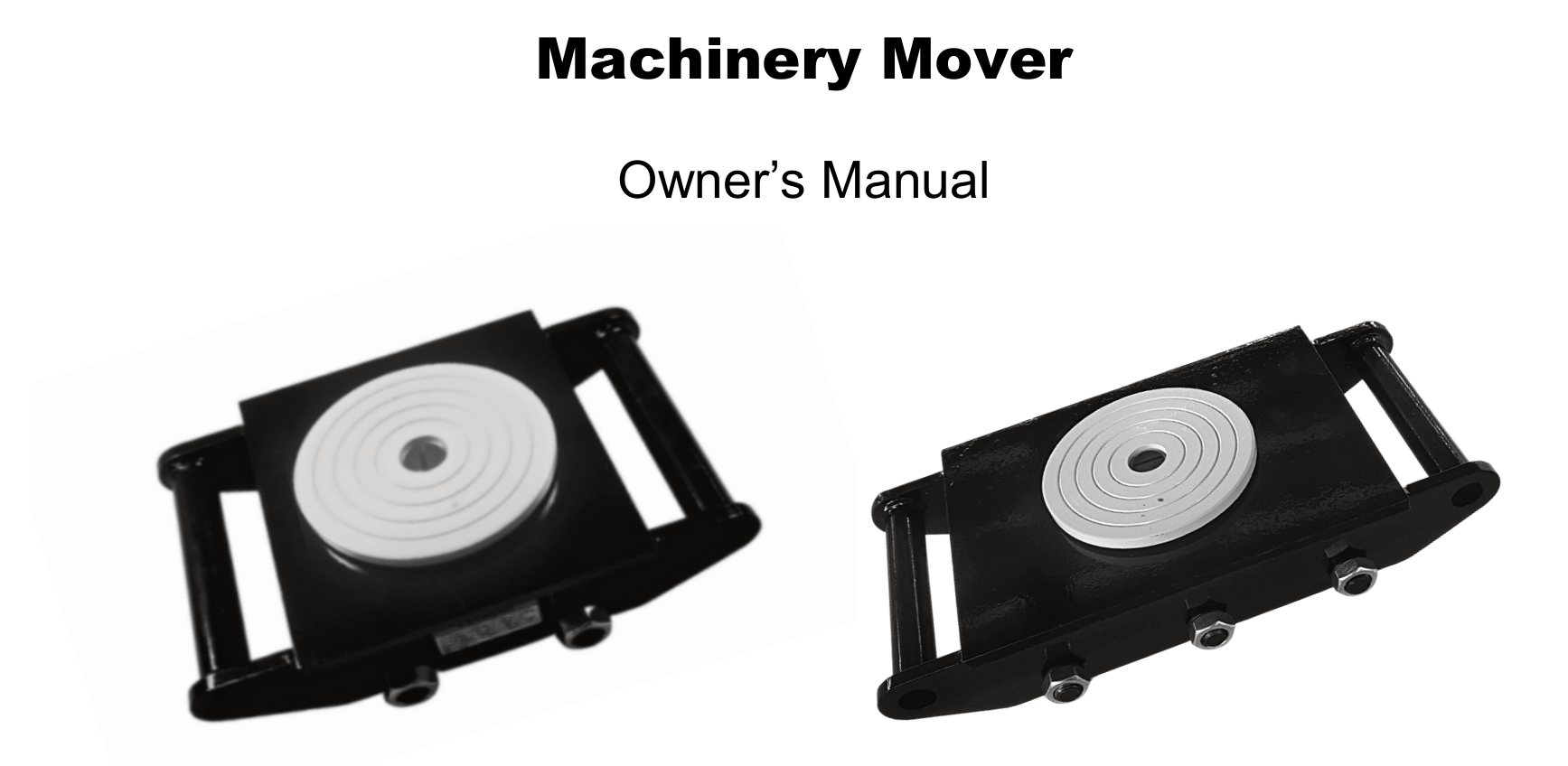Mobile Overhead Crane Applications and Benefits in Industrial Settings
Understanding Movable Overhead Cranes Enhancing Efficiency and Safety in Material Handling
Movable overhead cranes, often termed bridge cranes, are pivotal in modern industrial operations, particularly in manufacturing, construction, and warehousing sectors. Their design allows for broad horizontal movements, facilitating the lifting and transportation of heavy loads across significant distances. This article explores the operational mechanics, advantages, and safety considerations associated with movable overhead cranes, highlighting their crucial role in boosting productivity and ensuring workplace safety.
Operational Mechanics of Movable Overhead Cranes
A movable overhead crane typically consists of two parallel runways, along which a bridge or beam travels. The bridge is mounted on wheels that allow it to move horizontally along the runways, while a hoisting mechanism enables vertical lifting and lowering of materials. The crane is powered by either electric motors or hydraulic systems, providing the necessary force to lift heavy items safely and efficiently.
The primary components of movable overhead cranes include
1. Runways Steel tracks or beams that support the overhead crane and allow for horizontal movement. 2. Bridge The horizontal structure that spans the distance between the runways and carries the hoist and trolley.
3. Hoist The mechanism that lifts and lowers loads, equipped with hooks, slings, or other attachments.
4. Trolley This component travels along the bridge and carries the hoist, enabling it to move horizontally.
Advantages of Movable Overhead Cranes
The implementation of movable overhead cranes in industrial settings offers a multitude of advantages
1. Improved Efficiency By facilitating the quick and safe movement of heavy materials, overhead cranes significantly speed up production processes. In industries where time is money, reducing the time to transport materials can lead to increased productivity.
2. Space Optimization Overhead cranes operate above the workspace, freeing up floor space that can be utilized for other purposes. Unlike forklifts or pallet jacks, they don’t require ground space for maneuvering, making them ideal for compact environments.
movable overhead crane

3. Enhanced Safety Many accidents in industrial settings stem from manual handling of heavy items. By automating the lifting and transporting processes, movable overhead cranes reduce the risk of injuries associated with manual labor.
4. Versatility Movable overhead cranes can handle various loads, from light machinery to heavy components. They can be customized with different hoists and attachments, making them suitable for a wide range of applications, including assembly lines, warehouses, and shipping facilities.
5. Reduced Labor Costs Although the initial investment in overhead cranes might be considerable, the reduction in labor costs over time can be significant. With fewer workers needed for material handling and reduced injuries, businesses can save on healthcare and training expenses.
Safety Considerations
While movable overhead cranes enhance operational efficiency, safety is paramount. Employing these machines requires adherence to strict safety protocols
1. Training Operators must undergo comprehensive training to understand the crane’s functions and safety practices. Continuous training ensures they remain updated on the latest safety regulations and technologies.
2. Regular Inspections Routine maintenance checks are essential to ensure the crane’s components, such as hoists, wires, and safety mechanisms, are in optimal condition. This preventive measure can avert malfunctions and accidents.
3. Load Limits Every overhead crane comes with a specified load capacity. Exceeding this limit can lead to equipment failure or accidents. Operators should be trained to recognize and respect these limits.
4. Clear Signals and Communication Effective communication among team members during crane operations is critical. Use of standardized signals and clear verbal communication can significantly reduce the risk of accidents.
5. Safety Gear Operators and workers in the vicinity should wear appropriate safety gear, including helmets, gloves, and safety shoes, to minimize the impact of any accidents.
Conclusion
Movable overhead cranes are indispensable tools in today’s industrial landscape. They combine efficiency, safety, and versatility, significantly improving material handling processes. By investing in the right equipment and adhering to safety protocols, businesses can leverage these cranes to enhance productivity while safeguarding their workforce. As industries continue to evolve, the role of movable overhead cranes will undoubtedly grow, driving innovation and operational excellence in material handling.
-
Unlock Seamless Relocation with Our Heavy Equipment Moving ExpertiseNewsJun.06,2025
-
Unleash Unrivaled Flexibility with Our Adjustable Gantry CraneNewsJun.06,2025
-
Unleash Heavy-Duty Efficiency with Our Industrial Gantry Crane SolutionsNewsJun.06,2025
-
Revolutionize Steel Handling with Our Magnetic Lifter RangeNewsJun.06,2025
-
Master Equipment Mobility with Premium Machinery Mover SolutionsNewsJun.06,2025
-
Elevate Your Material Handling with Magnetic Lifter TechnologyNewsJun.06,2025
-
YS Permanent Lifting Magnets: The Smarter Way to Handle SteelNewsMay.22,2025
